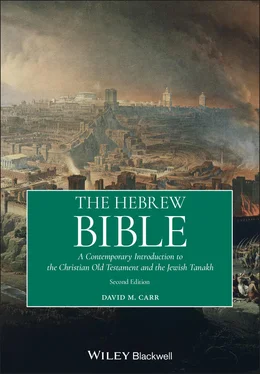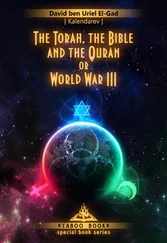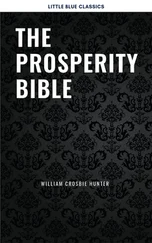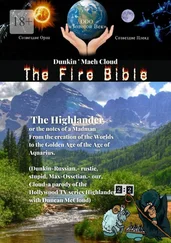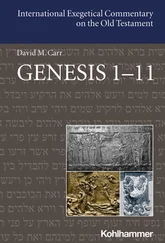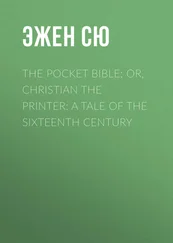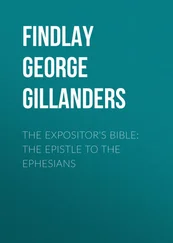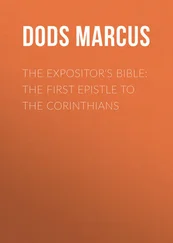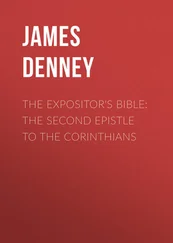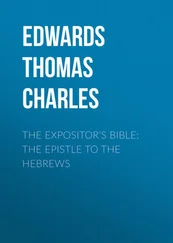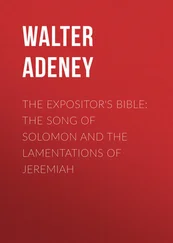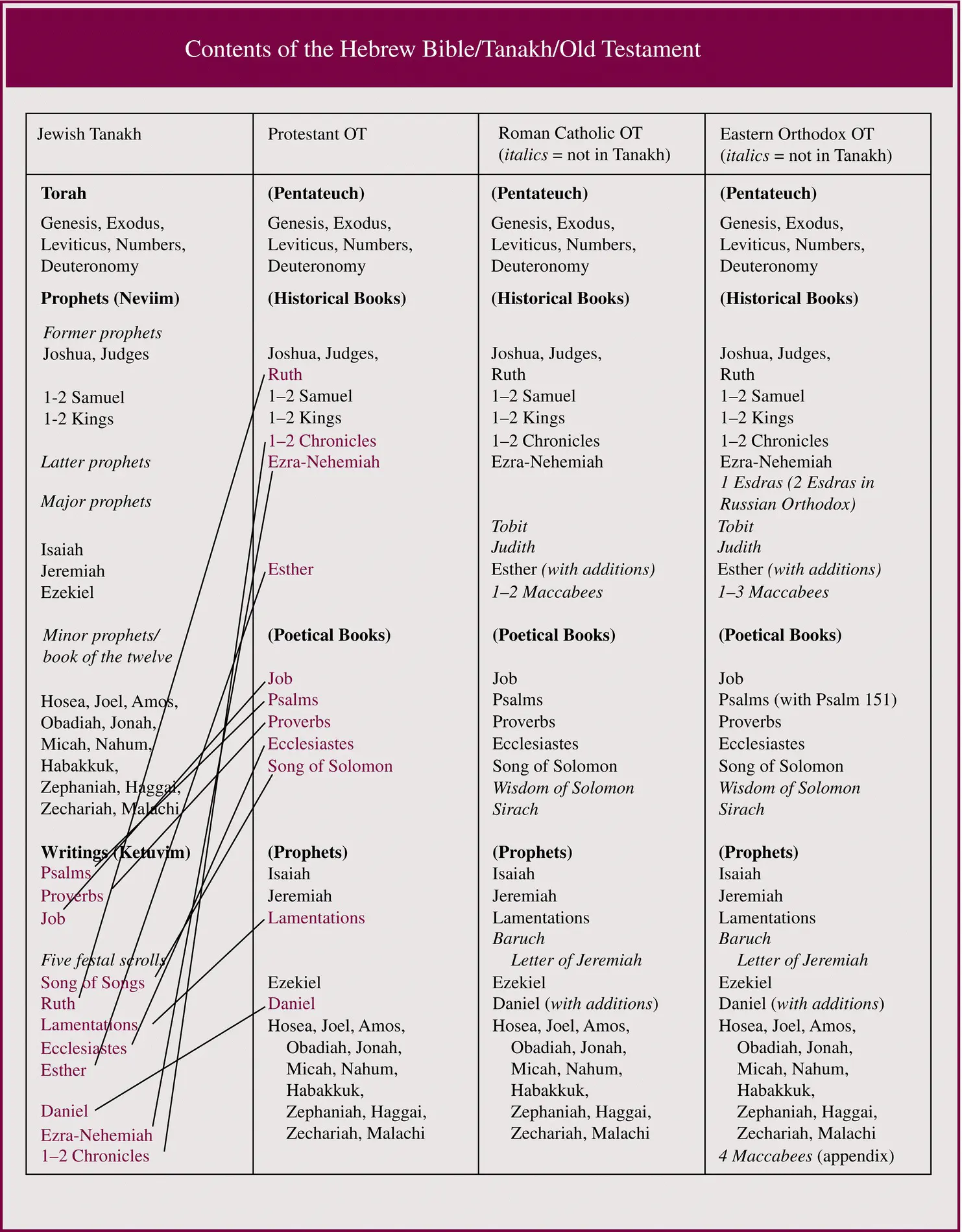
You also should know that there are differences between the books included in different Christian Old Testament collections. The Protestant Old Testament contains the same books as the Jewish Tanakh, though in the above‐noted different order leading up to the New Testament. The Roman Catholic Old Testament includes some additional books such as 1 and 2 Maccabees, Sirach, and the Wisdom of Solomon. The Ethiopic church recognizes the book of Enoch as part of its Old Testament, and various forms of Orthodox Christianity likewise recognize slightly different groups of additional books. For Roman Catholics, such additional books (not in the Jewish Tanakh) are “ deuterocanonical,” which means that they belong to a “second canon.” For Protestants, such books not in the Jewish Tanakh are not considered true scripture, but “ apocrypha,” which means “books hidden away.” I will not hide such books away in this textbook, but neither will I discuss them at length. Instead, I briefly discuss a sampling of them: Ben Sira/Sirach, Enoch, and Judith. In addition, toward the end of this introduction I will return to discuss how Jewish and Christian communities ended up with these slightly different collections of scriptural books.
“ Hebrew Bible” is yet another term that is often used to designate the scriptures shared by Jews and Christians. Many teachers and scholars prefer the expression “Hebrew Bible” because it avoids the pejorative connotations that the term “Old Testament” has assumed in some Christian circles. The terms “Old” and “New Testament” derive from Greek and Latin terms that have been used by Christians to contrast an old covenant (with Israel) and new covenant (through Jesus Christ). Often this has been part of a Christian supersessionistassumption that God’s covenant with the world through Christ superseded any prior covenant that God made with Israel. For Christians who subscribe to this idea, the Old Testament is often treated as the old and superseded Testament. It is negatively cast as the outdated book of the “law,” as opposed to the New Testament, which is understood to be the truly scriptural word about Jesus, love, and grace. Such views reflect a lack of close reading of both the Old and New Testament, but they are widespread and influential. This is why many people avoid the term “Old Testament,” with its possible implications of supersessionism, and use terms such as “Hebrew Bible” or “First Testament” instead. Others, however, find these terms odd and/or inaccurate (for example, several chapters in the Tanakh/Old Testament are not in Hebrew, but Aramaic). They prefer sticking with the Christian term “Old Testament,” at least within specifically Christian contexts, but emphasize the more ancient understanding of “Old” as implying something good, rather than the more contemporary idea of “Old” being something that is outdated.
The important thing for academic study of the Bible is to understand the meanings of these different terms for the Tanakh/Old Testament/Hebrew scriptures and the slight differences in contents and order of these otherwise similar collections. These differences reflect the fact that these scriptures have come to belong to multiple faith communities. In addition, Islamic tradition sees the scriptures of Judaism and Christianity as possessing a secondary authority to that of its central text, the Qur’an. From the Muslim perspective, the Qur’an represents the final part of a long line of Divine revelations to human communities, including the Jewish Tanakh and Christian Old and New Testaments. This Qur’an is quite different in contents and form from the Tanakh/Old Testament, containing 114 chapters (surahs) of primarily ethical and theological exhortations that were communicated by Prophet Muhammad. It is not a parallel “Old Testament” or “Tanakh.” Nevertheless, parts of the Qur’an reflect post‐biblical Jewish traditions about history up to Moses (e.g. about Abraham, Ishmael, Mary), and other Muslim traditions (e.g. the biography and example of the prophet Muhammad).
From this discussion, we can see that there is no one “Bible,” not even one “Hebrew Bible,” shared by Judaism and Christianity, let alone Islam. Even if we focus on the overlapping contents of the Jewish Tanakh and Christian Old Testament, there are significant differences in order and (occasionally) content as well. This is an initial indicator of the quite different readings that Christians and Jews give to the texts they hold in common. We will see others along the way. Moreover, this diversity of Jewish and Christian Bibles is preceded by a diversity of perspectives and voices found within the Hebrew scriptures themselves. In the following chapters, we will see this diversity in texts written at different times and even in texts offering different perspectives on the same time.
Becoming an Informed User of a Contemporary Bible Translation
So let us assume that you have in your hands a Jewish Tanakh or some contemporary version of a Christian Old Testament. Unless you read Hebrew fluently, you will be working with an English translation of the Bible. Let us prepare for this study of the Hebrew scriptures by looking at the different components that go into this Bible above).
First, as discussed above, every translation builds on a number of decisions about which Hebrew text to translate. There is no single authoritative ancient copy of the Hebrew scriptures, even in the original Hebrew. Instead, we have several different sorts of ancient Hebrew manuscripts and ancient translations that used old Hebrew manuscripts, all of which are the products of centuries of hand‐copying and occasional miscopying. Scholars preparing to do translation must engage in the practice of “ textual criticism” or (more often) build on textual criticism by text‐critical experts (see box). Biblical verses are preserved differently in the different ancient manuscripts, and it is not always easy to decide which manuscript reading of a given section to translate. Nevertheless, such decisions must be made, for each verse and chapter, in order to even begin the process of producing the translation you now have.
More on Method: Textual Criticism
“Textual criticism” is not general study of a text. Instead, textual criticism studies the diverse ancient manuscript copies of biblical texts, analyzing their development and providing data that can be used to choose which reading of a biblical text to follow. Over the centuries, scribes have introduced tens of thousands of minor changes into biblical texts as they have copied them by hand. Some changes were introduced by accident, as when a scribe might accidentally copy a given line twice. Other changes seem more intentional, where a scribe seems to have added a clarification of a place name or a theological correction or expansion. The ancient copies are often termed manuscript witnessesbecause they “witness” to diverse forms of these hand‐copied texts.
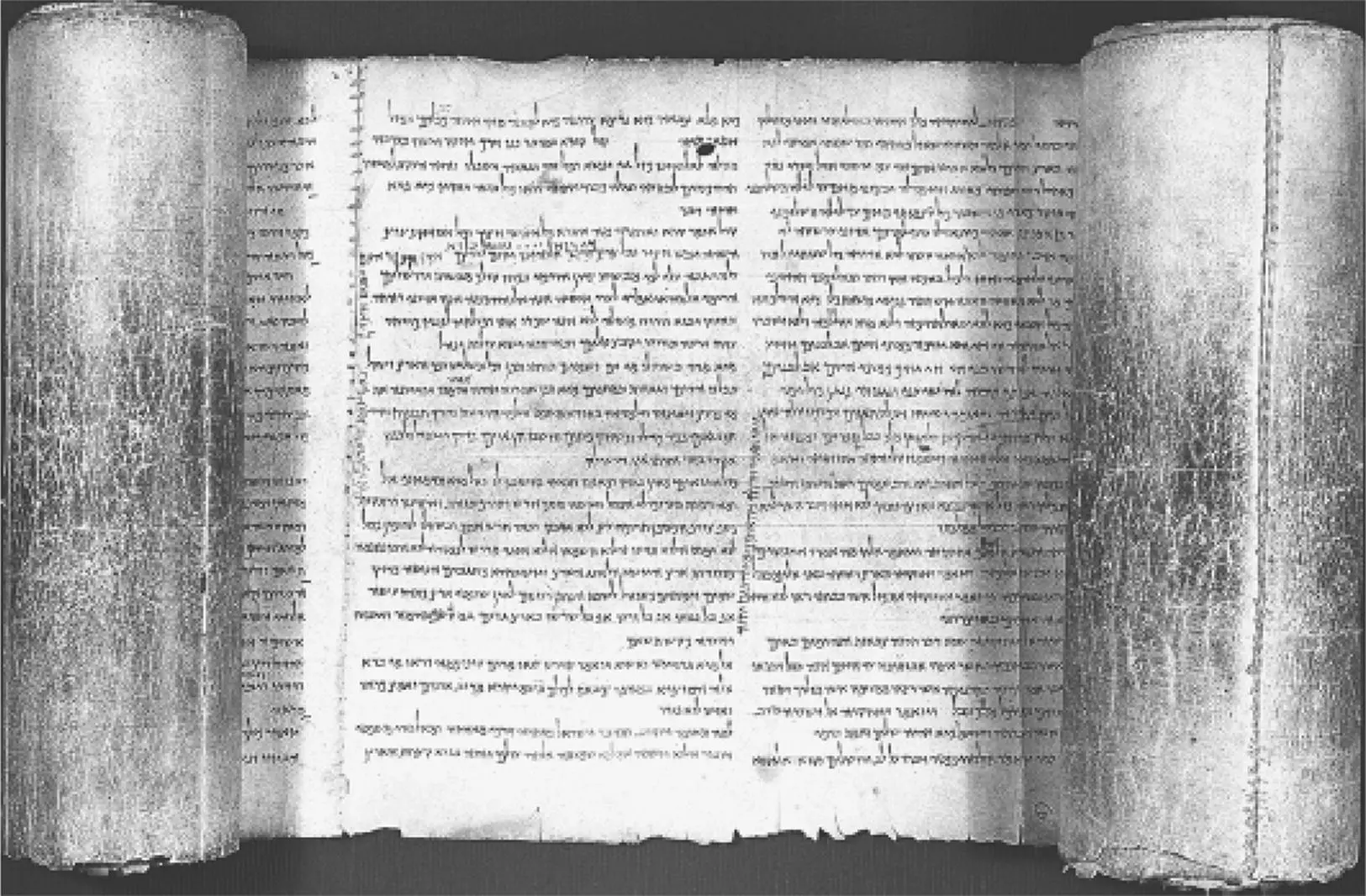
FIGURE 0.1 Scholarly edition of the same text as in Figure 0.2, below. In contrast to that early manuscript this edition has chapter and verse numbers along with scholarly notes at the bottom about alternative Hebrew readings to the ones given in the body of the text.
Читать дальше
